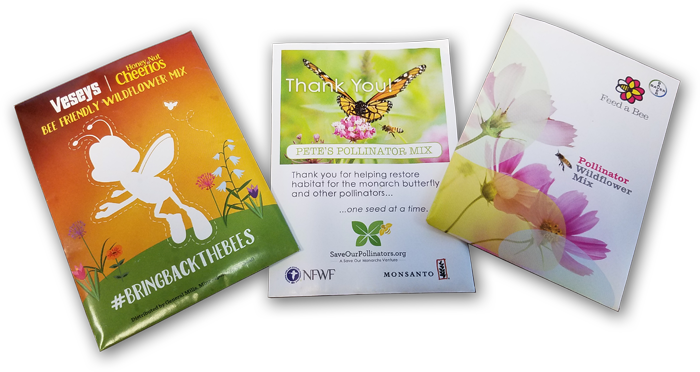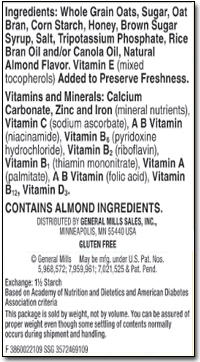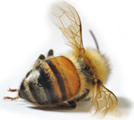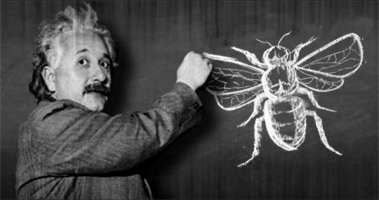
Seeds to Save the Bees
|
||
|
We have been encouraged to sign online petitions demanding that retailers stop selling plants treated with pesticides, or to force the EPA to ban entire classes of chemicals outright. Pesticide exposure may be one factor in pollinator decline, but it is hardly the only one. Honey bees are being stressed out these days by exotic parasitic mites, the viruses that these mites vector, bacterial and fungal pathogens, and poor nutrition caused by habitat loss. And, I should add, by bad beekeeping.
Honey bees get all their nutrition from flowers. Adult bees can live on honey. They are as big as they will get, and won't live much longer anyway. Honey is merely sugar... a carbohydrates to fuel the bees' activities. Once a honey bee reaches the age to begin foraging, she soon becomes expendable to the colony, and is expected to work herself to death. Young bee larvae, however, require lots of protein ad vitamins to develop healthy and strong. All of their dietary nutrients are provided by floral pollen. No single pollen source contains all the necessary amino acids and nutrients a growing bee needs, so colonies must be able to access resources from at least 5 or 6 different flower species at a time to get all the nutrients they require.
Due to changes in land management, many places are not very friendly to bees and other pollinators. Wild areas are cut down, paved over, and converted to urban, agricultural or recreational areas. Golf courses may look green, but it takes a tremendous amount of herbicides and other pesticides to keep them looking manicured. Without a single dandelion or a clover in sight, a fairway is a vast green desert to a hungry bee. Many suburban neighborhoods aren't much better. Lawn care specialists heavily advertise their services to keep your lawn free of those pesky "weeds" that bees rely upon for survival. Agricultural areas can provide abundant floral resources to bees, but when planted as vast monoculture crops, bees can suffer from poor nutrition when they have only a single crop to pollinate. California almond growers are encouraged to help the bees they must rent by planting early blooming cover crops between and around almond trees to provide those missing nutrients.
Other pollinators, such as the monarch butterfly, are also in danger from habitat destruction, because they will only lay eggs on
the milkweed plant, which is the sole food of their caterpillars. Countless other
native pollinator species are rapidly losing habitat resources as well. The same
habitat that supports pollinators is also home to game birds, such as pheasant and
quail, and countless other bird species. So if you want to save the bees, you can
plant some flowers.
|
Several companies and organizations have been offering free packages of seeds to help you save the bees and other pollinators in your own neighborhood. The latest campaign, generating plenty of publicity, has been from Honey Nut Cheerios. Their efforts have been widely criticized by environmental groups for the choice of seeds included in the packages. The seeds have been distributed nationally, but, some contend, they may contain plant species that are not native to certain regions, and could potentially become invasive. The cereal boxes themselves prominently feature an animated spokes-bee, Buzz. This mascot, presumably a male, or "drone" honey bee, would never be found making honey in a hive, and should symbolize hard work and productivity about as well as Homer Simpson. A peek at the nutrition label on those O's will show you that, despite the prominent placement of its name on the front of the box, there is far more sugar than honey inside the box. But that comes as no surprise, and is standard practice for processed foods, which like to tout the good name of honey, but utilize high fructose corn syrup for most of their sweetening. Also, the bulk of honey that gets used in the food processing industry comes usually from cheaper sources overseas, and not from hard-working American bees. |
 |
Many corporations have tried to shine a spolight on bee declines in the recent past. Other pollinator seed mixtures have been available from organizations, partnerships and corporations such as Bayer CropScience. These efforts have also sometimes been dismissed as mere greenwashing by some of the companies that are seen as directly responsible for pollinator declines.
Should citizens be concerned about planting these flowers? As cynical as it sounds, most people who receive these packages of seeds probably do so with the best of intentions, but a large portion of the seed packs probably wind up collecting dust in the back of a drawer somewhere, and will never make it into the ground. And of those that are planted, many will probably not survive anyway, due to lack of care. While we should not encourage folks to scatter exotic seeds in natural areas, there is probably little ecological risk of planting a handful of these seeds in an urban landscape, considering how disturbed the ecology of an urban area really is. In such a challenging environment, bees (and other wildlife) need all the help they can get. And while a large honey bee colony requires thousands of acres of forage to feed itself, a solitary native bee or butterfly might find a small patch of flowers from these seed packets to be just what they needed.
Honey bees, it should be noted, are not native to North America anyway. They were brought here by Europeans in the 1600s. For this reason, honey bees can never be listed as endangered. Likewise, many of the best honey-producing plants are are also foreign in origin. But honey bees are generalist feeders, and highly adaptive to finding plants in the landscape that they enjoy.
If you want to help the bees, by all means plant some flowers. You can also become a beekeeper. If you don't feel like you are up to that challenge, then do the next best thing and support a local beekeeper by purchasing some local honey. It may cost a bit more than the honey in the supermarket, but fresh local honey tastes so much better, and your support will help to keep those bees alive and well, and working hard, in your own neighborhood.

